
J.J. Abrams and a return to the authentic identity of Star Trek
Eventually, we all go back. In looking to the heart of the work, we turn again to that upon which our heart first opened. And for me, the exploration of my practice, the efforts of examining the nature of creativity in the place in which I work, the concept of finding the soul of identity is the very breath that I take.
Some time back, perhaps a year or more, I’d connected with JJ Abrams at TED, the purportedly invitation-only conclave of the coolest of the cool. I didn’t feel, actually, like I much fit in. But I was there and am still connected to that community. And for me, I just went — and there, connecting with, talking to people. Like JJAbrams.
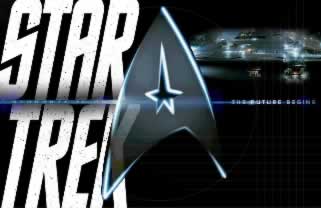
I’d worked for him before. M:i:III. And while he didn’t remember me, (on that) we talked. About mystery, about story, about magic — and that which remains undiscovered — the mystery of the story told, in which something is never told, never revealed. And that, thematically, is something that JJ savors. The story in which something is never seen — it lies beneath.
That’s the mystery. The story told — but there’s something behind the layering; and perhaps you will peel it back. And then again, perhaps it will never be found.
That is JJAbrams mystery box. Never opened.
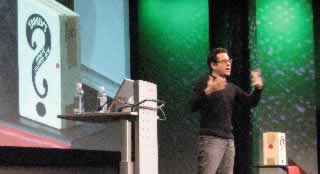
But, to Star Trek, the character that I found interesting, was the assignment of literally reaching back to my childhood, exploring Gene Roddenberry’s original Star Trek (and I’d worked, over time, on nearly all of the Star Trek productions for Paramount Studios) in trying to find the essential quintessential heart of the identity. Dozens of explorations later, it came back to this, under JJ’s directorial eye: the beginning —
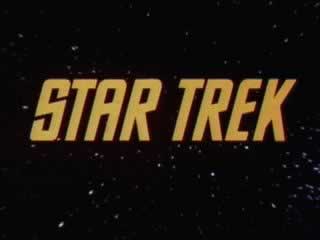
The strangely geometric stylings, the skewed character details, the very nature of the alphabet, spun in some futuristic framing – that was at the very edge of modernist, idealized future visioning, yet, in a way, was framed in the impressions of what the future could be.
We walked around the edges of it, but came back, in the end, to what was there in the beginnings — the discipline newly reborn — in the recollections of JJ Abrams — and his return to the heart of the story.
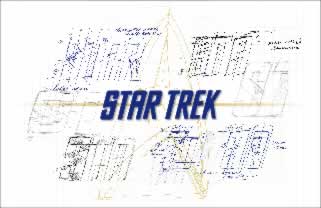

Sometimes to get to the new, you need to go back to the old — sometimes in finding the heart of the fresh, you need to start with the pulse of the beginnings, yet again.
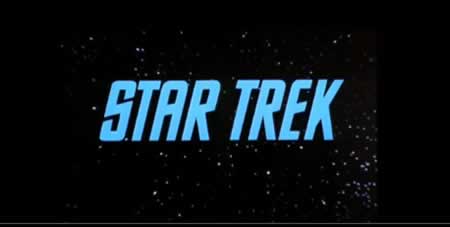

And, finally, over time.
Personally, I’d say that 1966, it’s right on target, to the heart of the premise — and finally, the promise — of the character of the mission — symbolizing then, and now, the exploration of “where no man has been”.
What’s your take — where would you be?
tsg